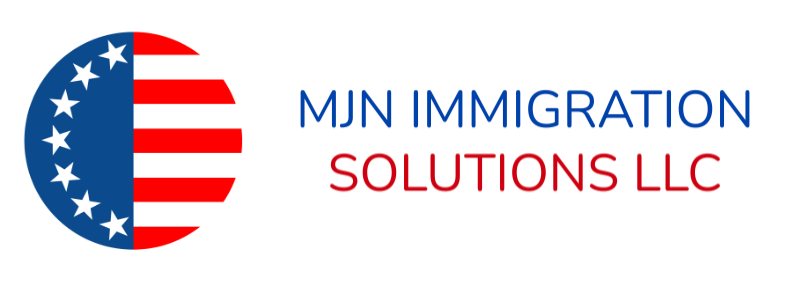
USA Student Visa
An F1 visa is issued to international students who are attending a tutorial program or English Program at a US college or university. F1 students must maintain the minimum course load for full-time student status.
When applying for your student visa for the US, you’ll generally need:
As a part of the visa application process, an interview at the embassy consular section is required for visa applicants from age 14 through 79, with few exceptions. Persons age 13 and younger, and age 80 and older, generally don’t require an interview, unless requested by the embassy or consulate. it’s typically “Duration of Status” or “D/S” on a student’s I-94 card, meaning that you simply may remain within the U.S. as long as you’re enrolled within the school to finish your educational program. After the program ends you’ll have 60 days to depart the U.S. If you would like to renew your F1 student visa, follow this link. Getting your visa to review within the US takes time but is often a surprisingly easy procedure. While the appliance process for a world student or exchange visitor visa is often confusing, many thousands of scholars are ready to meet the wants for a visa annually. A US student visa allows you to figure on-campus up to twenty hours per week when school is in session and full-time during school break periods (up to 40 hours per week). On-campus employment is defined as work that takes place on campus, or at an off-campus location that’s affiliated with the varsity.
The application fee for the foremost common nonimmigrant visa types is $160. This includes tourist, business, student, and exchange visas. Most petition-based visas, like work and non-secular visas, are $190. K visas cost $265 and therefore the fee amount for E visas is $205. Lack of sufficient financial proof to support the student’s education. Lack of documentary proof that confirms a necessary return to the house country after completion of education.
Lack of sufficient financial funds and proof to support foreign education. The inability to confirming a necessary return to India after completion of education. Incorrect / false documents. Misbehavior during the visa interview. the scholar should be ready to earn a minimum of $6,380 per annum at the federal wage of $7.25 per hour. Most college students can earn more. An hourly wage of $11 to $12 should be sufficient to earn $10,000 per annum.
Three Ways to review in the USA for Free:
The individual, government, company, or agency is willing and ready to financially support the international student. support includes tuition, books, supplies, fees, and living expenses for the duration of studies at the institution. Once you’ve been denied your student visa, ask your consular officer the precise reason why your visa was denied. If the rationale you were denied may be a fixable problem, then reapplying ensures you resolved the precise issue that caused your denial within the first application. Some entry-level jobs can pay approximately $7.00 to $9.00 per hour, but more highly skilled positions may pay $10 or more per hour. Students are allowed to figure up to 40 hours per week. counting on the work, you’ll even have the choice of overtime. Cost of Living in the USA for college kids. The estimated living cost for the US is around $10000 to $12000 per annum, which averages around $700 to $1000 per month. This includes your accommodation costs, room, and board, food, travel, textbooks, weather-appropriate clothing, and entertainment expenses also.
